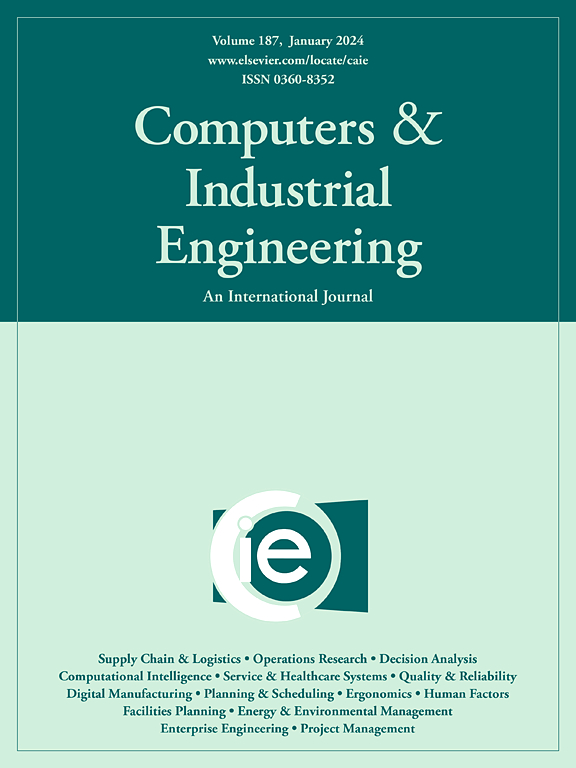Maximizing sales: The art of short video creation in livestream e-commerce
IF 6.7
1区 工程技术
Q1 COMPUTER SCIENCE, INTERDISCIPLINARY APPLICATIONS
引用次数: 0
Abstract
Livestream e-commerce has experienced significant growth in recent years. However, with the intensification of competition, the problem of inadequate exploration of consumer demands has become increasingly prominent and important, which puts key opinion leaders (KOLs) at a disadvantage when cooperating with brand-owners. To tackle this issue, many KOLs have begun using high-quality short videos to provide detailed product information, establish consumer trust, and sell products through live streaming, which is defined as the “short video + livestream” marketing strategy. In this paper, we examine the added value of short video content for consumers and the resulting traffic revenue for KOLs. Furthermore, a game-theoretic model is developed to demonstrate the impact of the “short video + livestream” marketing strategy on the selection of selling modes in livestream e-commerce. The results show that brand-owners and KOLs can benefit from either mode and achieve a mutually beneficial outcome under certain conditions. Moreover, we observe that the brand-owner can be better off in the agency selling mode when the commission rate is low, while the KOL’s preference shifts from the wholesale mode to the commission mode and then back to the wholesale mode with the commission rate increases. Finally, we further examine the value of the “short video + livestream” marketing strategy for both the brand-owner and the KOL.
求助全文
约1分钟内获得全文
求助全文
来源期刊

Computers & Industrial Engineering
工程技术-工程:工业
CiteScore
12.70
自引率
12.70%
发文量
794
审稿时长
10.6 months
期刊介绍:
Computers & Industrial Engineering (CAIE) is dedicated to researchers, educators, and practitioners in industrial engineering and related fields. Pioneering the integration of computers in research, education, and practice, industrial engineering has evolved to make computers and electronic communication integral to its domain. CAIE publishes original contributions focusing on the development of novel computerized methodologies to address industrial engineering problems. It also highlights the applications of these methodologies to issues within the broader industrial engineering and associated communities. The journal actively encourages submissions that push the boundaries of fundamental theories and concepts in industrial engineering techniques.
 求助内容:
求助内容: 应助结果提醒方式:
应助结果提醒方式:


